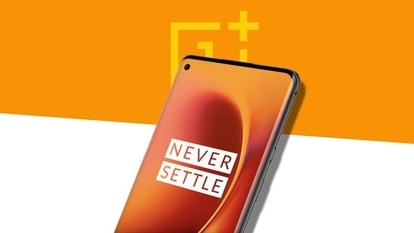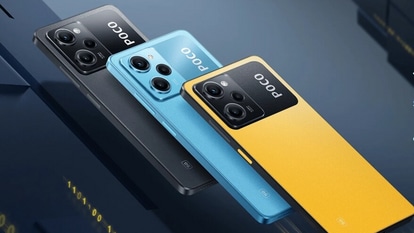These `bulletproof batteries` with Kevlar will enable safer recharge
Researchers have come up with new technology of batteries that consists of Kelvar, the tough material in bulletproof vests, so that it doesn't catch fire.

Researchers have come up with new technology of batteries that consists of Kelvar, the tough material in bulletproof vests, so that it doesn't catch fire.
The research done by University Of Michigan explains that these batteries are made up of nano fibers extracted from Kevlar, and the material stifles the growth of metal tendrils that can become unwanted pathways for electrical current, as well as it leads to safer batteries as the membrane stands a better chance of surviving a fire than the other membranes.
The researchers described that Lithium-ion batteries work by shuttling lithium ions from one electrode to the other, that creates a charge imbalance, and since electrons can't go through the membrane between the electrodes, they go through a circuit instead and do something useful on the way.
But if there are big holes in the membrane, the lithium atoms can build themselves into fern-like structures, called dendrites, which eventually poke through the membrane.
Nicholas Kotov, Professor of Engineering said that unlike other ultra strong materials such as carbon nanotubes, Kevlar is an insulator, the properties of this battery is perfect for separators that need to prevent shorting between two electrodes.
Siu On Tung, chief technology officer at Elegus said that the fern shape is particularly difficult to stop because of its nanoscale tip, and also it was important that the fibers form smaller pores than the tip size.
Tung later added that they have made the membrane by layering the fibers on top of each other in thin sheets, and this way it keeps the chain-like molecules in the plastic stretched out, which is important for good lithium-ion conductivity between the electrodes.
The team of researches informed that around 30 companies have already requested samples of the material.
The study is published online in Nature Communications.
Catch all the Latest Tech News, Mobile News, Laptop News, Gaming news, Wearables News , How To News, also keep up with us on Whatsapp channel,Twitter, Facebook, Google News, and Instagram. For our latest videos, subscribe to our YouTube channel.


























